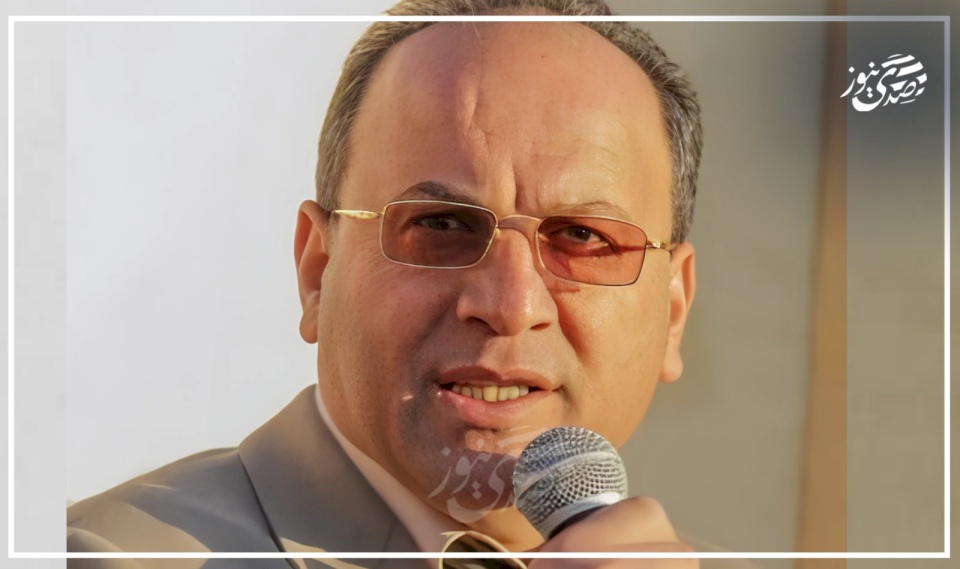
Trump and Netanyahu: The "Peace" Plan That Recycles the Deal of the Century
In a political scene marked by increasing complexities due to the ongoing war in Gaza, Washington and Tel Aviv return to the forefront of diplomatic movements under the banner of "peace" in an attempt to redraw the regional landscape in accordance with their shared vision.
Some analysts in media close to the American trend believe that President Trump surprised Israeli Prime Minister Benjamin Netanyahu by requesting a ceasefire, as if this position reflects a disparity of views between the two sides. However, this assertion ignores the organic relationship between Washington and Tel Aviv, which is based on comprehensive political, military, and intelligence coordination (they have a permanent joint operations room), making any differentiation between them more akin to a division of roles than a real disagreement in interests or goals.
However, the field and political realities indicate the opposite of the image that Washington is trying to promote. The "peace plan" adopted by Trump is nothing but a project that Netanyahu drafted its basic lines away from the Palestinians before it was embraced by the White House with European support. This plan grants Israel wide strategic gains under the guise of a nominal recognition of a Palestinian state on paper, without any genuine intention of achieving a fair settlement. Many Western and Arab analysts agree that presenting this plan at this time, following the massacres that took place in Gaza, aims to polish Israel's international image and reintegrate it into the political scene after the widespread accusations of committing war crimes. This movement comes in parallel with the rising calls within international institutions to hold Israeli leaders accountable, most notably Netanyahu, for the grave violations they have committed in Palestinian territories.
After Israel has accomplished most of its military objectives in Gaza, Washington seeks to protect it politically and save Netanyahu from legal pursuits in international courts, preventing the Palestinians and their allies from pursuing lawsuits against him. From this standpoint, the so-called "new political plan" is being promoted, which is in reality merely a recycling of the Deal of the Century but dressed in a softer diplomatic facade, wrapped in the discourse of "just peace" to convince Europeans and gain international cover that grants it formal legitimacy while giving Netanyahu sufficient time to evade accountability and reorder his political position.
This plan goes beyond the issue of the Palestinian settlement to aim for imposing unilateral solutions and subjecting the region to the American-Israeli vision by erasing the international recognitions achieved for the State of Palestine and containing the global popular momentum in solidarity with its cause. Even the discussion about "ceasefire" seems more like a temporary truce aimed at relieving internal pressure on Netanyahu and releasing the surviving prisoners before the continuation of military operations turns into an internal political burden, where his captives are killed, threatening his political future.
With Netanyahu achieving most of his military and political objectives in Gaza, he appears to be preparing for a new phase of his regional projects that include Lebanon, Iran, and Yemen, relying on renewed American support and a temporary internal consensus. It is not unlikely that he will leverage this momentum to call for early elections that would allow him to tighten his political grip for years to come.
Linking what is happening in Gaza with events in other regional arenas is not coincidental. Israel views these fronts as interconnected extensions of its struggle with its regional adversaries. Nevertheless, any expansion in this direction will not be possible without American political and military cover, which the Trump administration aims to secure through what it calls the "new peace plan," presented to the world as a settlement initiative while, in reality, it represents a project to rehabilitate Israel politically and militarily after the Gaza war.
Ultimately, what is being presented today as a "political solution" is nothing more than a carefully calculated repositioning of Israel with direct American support. Trump seeks to achieve internal and external gains by appearing as a "peace maker," while Netanyahu exploits the international cover to restore his image and complete his regional projects. Between these two goals, the Palestinian cause is once again reduced to a card in the game of international interests, reshaped and packaged each time under a new name.

The Coming Economy...

Resolution 2803: A Danger or an Opportunity?

The Palestinian Political Class is Not Immune to Infiltration

Gaza Between American Mandate and Settlers: Rejection of the Security Council Decision and...

Digital Transformation in Palestine: Between Technological Domination and Opportunities fo...

Between the Announcement of Sharm El-Sheikh and the Security Council's Decision, the Human...

Israel and the Strategy of the "Impossible Partner"

